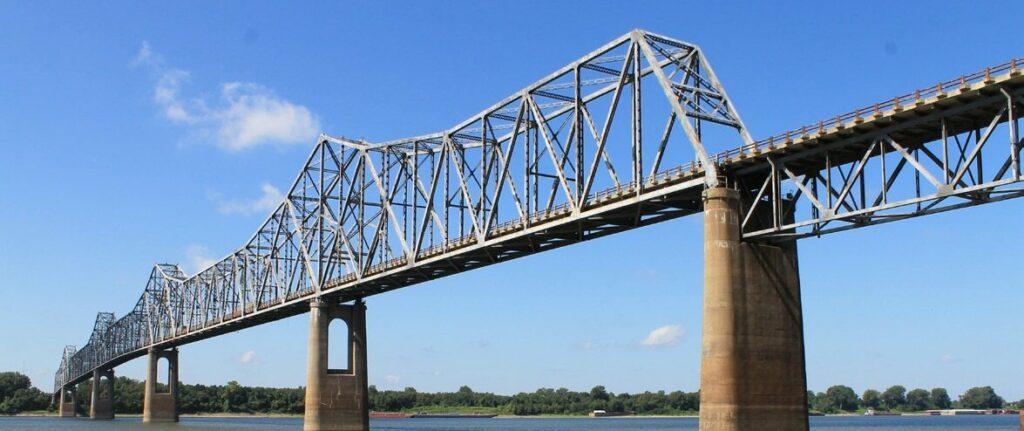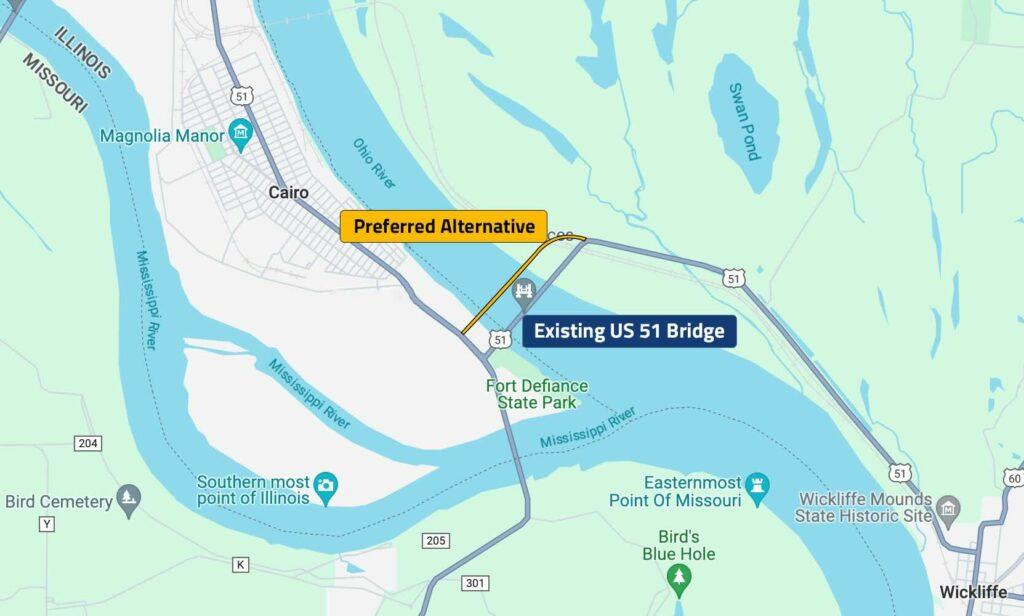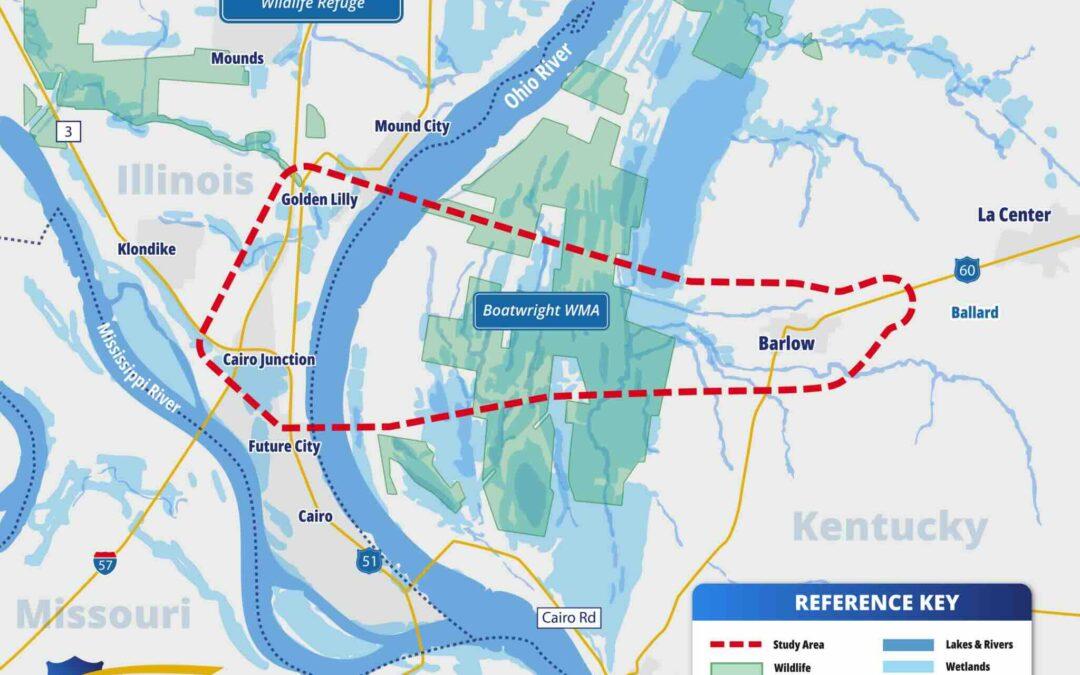Cost, environmental impacts, public feedback inform decision not to advance new corridor project
PADUCAH Ky. (June 13, 2024) – As part of Team Kentucky’s commitment to provide safe, environmentally sound and fiscally responsible roadways, the Kentucky Transportation Cabinet (KYTC) has released the final U.S. 60 Connectivity Study report that recommends advancing the U.S. 51 Bridge Replacement project, which has widespread support, a lower cost and fewer environmental impacts than the U.S. 60 corridor project.
The U.S. 60 Connectivity Study was a more than yearlong, comprehensive evaluation that examined the feasibility of constructing a new U.S. 60 corridor and Ohio River bridge crossing between Barlow, Kentucky, and Interstate Highway 57 near Future City, Illinois. The study’s goal was to determine if the new U.S. 60 corridor and a relocated river crossing would offer more long-term value to the commonwealth and the traveling public than the proposed U.S. 51 Bridge Replacement project at Cairo, Illinois.
“We know that the existing U.S. 51 bridge is nearing the end of its useful life, and we want to find the best solution to construct a new Ohio River crossing for the region,” said Kyle Poat, Chief District Engineer, KYTC District 1. “This study was conducted as part of our duty to Kentuckians, to examine the potential benefits and impacts of a new route and crossing — and the findings are clear: The cost and environmental impacts of a new U.S. 60 corridor and crossing outweigh the benefits.”
The U.S. 60 Connectivity Study launched in early 2023 and included thorough cost, environmental, socioeconomic and traffic analysis. Public involvement along with local, state and national resource agency coordination and input were also important components to the study that helped inform a final recommendation. Public meetings were held in LaCenter, Kentucky and Cairo, Illinois, to gather public feedback, followed by a monthlong comment period.
Most areas of analysis and feedback did not support advancing the project, including:
- Cost: It would cost an estimated $1.3 billion to construct the U.S. 60 Connectivity Study project versus $450 million to construct the U.S .51 Bridge Replacement project.
- Environmental impacts and timeline: The U.S. 60 Connectivity Study would impact a wide range of wetlands, endangered wildlife and protected public lands that would require the highest level of federally mandated environmental assessment, resulting in a rigorous, multiyear process. Meanwhile, the U.S. 51 Bridge Replacement has already received federal environmental approval and can be ready to proceed with construction upon completion of design work.
- Public feedback: Eighty-three percent of public responses opposed the U.S. 60 Connectivity Study project.
To view the executive summary and complete final report for the U.S. 60 Connectivity Study, visit US60ConnectivityStudy.com.
About the existing U.S. 51 Ohio River Bridge
The U.S. 51 Ohio River ‘Cairo’ Bridge serves as a north-south connector for U.S. 51 and an east-west transportation corridor for U.S. 60 and U.S. Highway 62. The bridge carries about 5,400 vehicles per day between Kentucky and Illinois. About 43% of the traffic is commercial trucks.
The existing Cairo Bridge crosses the Ohio River at navigation mile point 980.4 and carries U.S. 51, U.S. 60, and U.S. 62 traffic across the Ohio River. Opened to traffic in 1938, the Cairo Bridge is the longest bridge in Kentucky and the westernmost bridge over the Ohio River.
The existing bridge needs to be replaced because it is narrow, does not allow oversize or overweight loads, and does not accommodate pedestrians. Sight distance on the bridge is also inadequate, and a tight horizonal curve on the Kentucky approach does not meet current federal or state design standards. A new bridge would meet modern standards for traffic and would offer both roadway safety improvements and enhanced earthquake resistance as the structure lies in the New Madrid fault zone.










